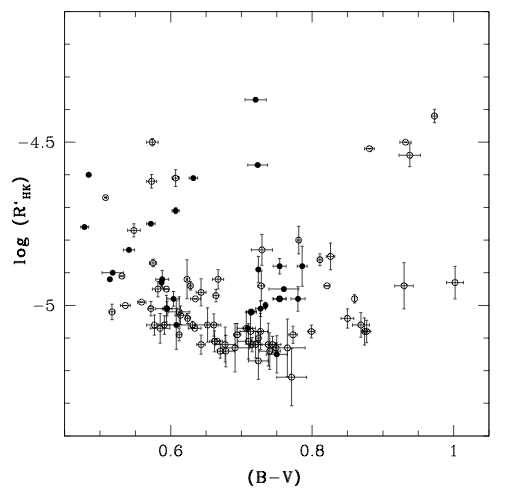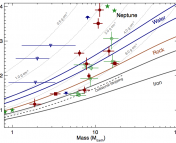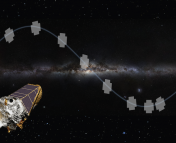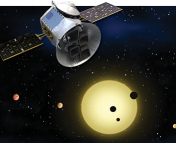Title: Dispersed Matter Planet Project Discoveries of Ablating Planets Orbiting Nearby Bright Stars
Authors: Carole A. Haswell, Daniel Staab, John R. Barnes, Guillem Anglada-Escudé, Luca Fossati, James S. Jenkins, Andrew J. Norton, James P.J. Doherty, Joseph Cooper
First Author’s Institution: School of Physical Sciences, The Open University, Milton Keynes, UK
Status: Accepted to Nature Astronomy, closed access [open access on arxiv]
Giant exoplanets in tight orbits around their host stars were one of the first ones to be discovered using the radial velocity (RV) technique until the Kepler Space telescope found a flurry of short period low mass planets using the transit technique. While transit photometry tells you about the radius of the planet, RV measurements can be used to determine their mass. Both mass and radius measurements of planets are important for understanding the bulk properties of the exoplanets and their atmosphere. Using RVs for conducting a search for low mass short-period planets and measuring their mass can be rather challenging though, even more so if the host star is faint. However, there could already be a smoking gun for the presence of these planets! Close-in low mass exoplanets suffer ablation of dust and gas from their surface and atmosphere due to high levels of stellar irradiation and tidal stretching from their close-in orbits and this can have a noticeable effect on the spectra of their host star on which can provide some hints of their presence. Authors of today’s paper test this hypothesis in their Dispersed Matter Planet Project (DMPP) and present a very effective way of conducting a search for planets in compact configuration around nearby bright stars.
Mass loss and the Neptune desert
The high energy UV radiation from the host star causes close-in planets to lose mass which can possibly have a significant and observable effect on the population of exoplanets. One such effect, commonly dubbed as “the Neptune desert” pops out when we consider the Mass-Period distribution of known close-in exoplanets, as shown in Figure 1. The lack of Neptune mass planets (0.01 to 0.1 times mass of Jupiter) in close proximity (less than orbital period of 10 days) to their host star points to the possibility that Neptune mass planets in this regime must have undergone high mass loss and ended up losing a significant fraction of their atmosphere, causing them to shrink and move down towards lower masses in the Mass-Period diagram.
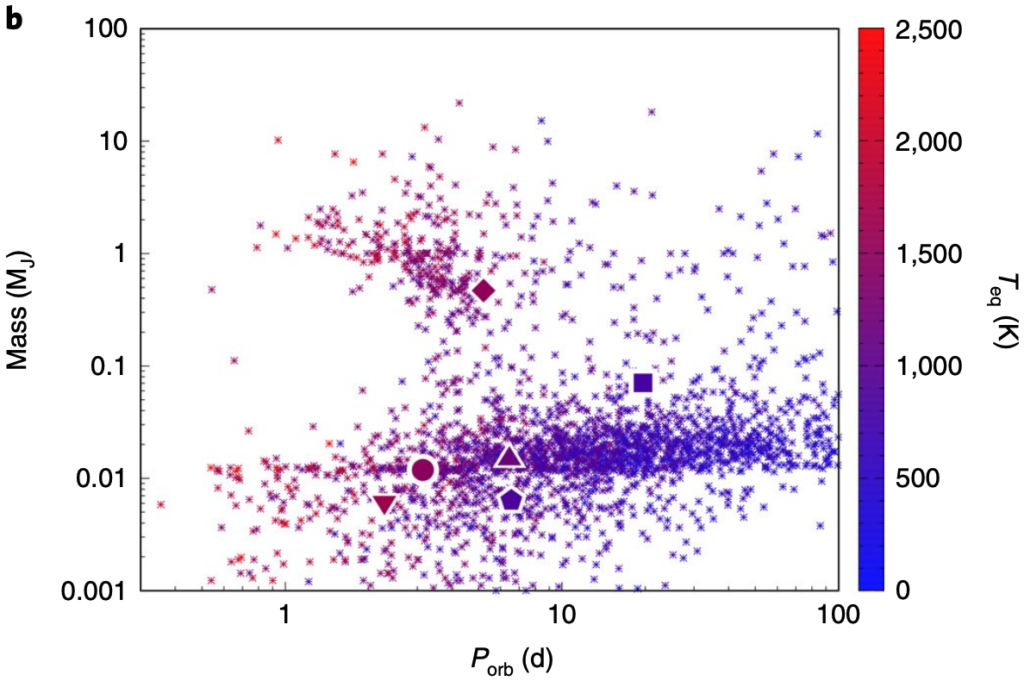
Even more interestingly, the mass loss from some of these close-in low mass planets is hypothesized to form and sustain a cloud of optically thick material around the star (see Figure 2).
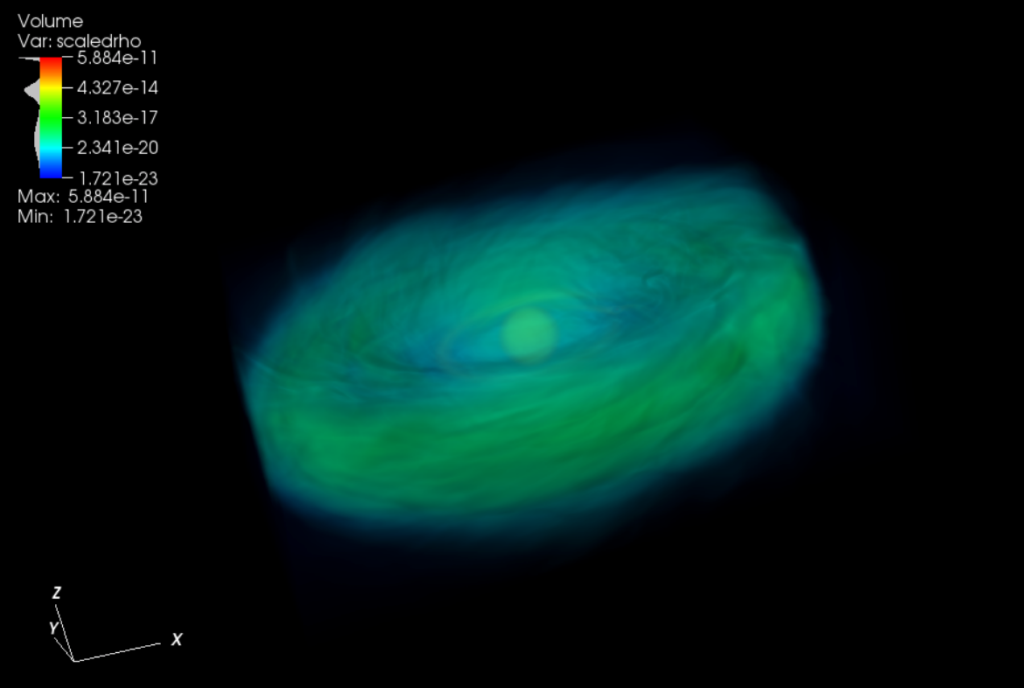
If you take a very high-resolution spectrum of such a star surrounded by a cloud of dust and gas, the emission from ionized calcium in the chromosphere of the star will be much lower than what you would expect from absorption due to just the interstellar medium between you and the star. The strength of emission in the ionized Calcium lines is parametrized by a quantity – log R’HK, which is derived from the observed flux in these spectral lines. Lower values of log R’HK imply low emission in the Calcium lines suggesting a larger optical density of material around the star, possibly due to dust and gas lost by a planet gathering around the star. This led the authors to suspect that low log R’HK of a star could suggest the presence of short-period low mass planets around it.
To test this hypothesis the authors decide to select 17 bright main-sequence stars with low values of log R’HK (see Figure 3) which should host close-in planets if the hypothesis is true. They obtain high precision RV measurements of these stars over a long time span of a couple of years. Of the three stars in their ongoing program they have analyzed, they discover short-period low mass planets around each of them, as shown in Figure 1.

That is exciting! But how do we quantify if what we are seeing is actually an indication of the dust cloud from close-in planets affecting the logR’HK of the stars? In other words, how do we know that selecting the host star based on their log R’HK is a good strategy to detect close-in ablating planets? The authors use occurrence statistics of compact systems like DMPP-1,2 and 3 from Kepler combined with the fact that their chosen sample of 17 targets is unbiased to conclude that the chance of discovering such systems by a fluke (that is no connection between the close-in low mass planets and their star’s log R’HK value) is very small – about 1 in 1000. This means that there is certainly some connection between the presence of short-period planets and the star’s lower calcium line emission.
This discovery has interesting prospects for the characterization of planetary systems. Detection and characterization of dust and gas clouds in DMPP like systems could potentially give an insight into the geology of exoplanets, especially if any of them are transiting. Studying such systems would also help us put exoplanets in a comparative context and better understand how properties of planets in compact systems evolve over time. Fingers crossed for what more we will learn from the complete DMPP sample in the near future!

